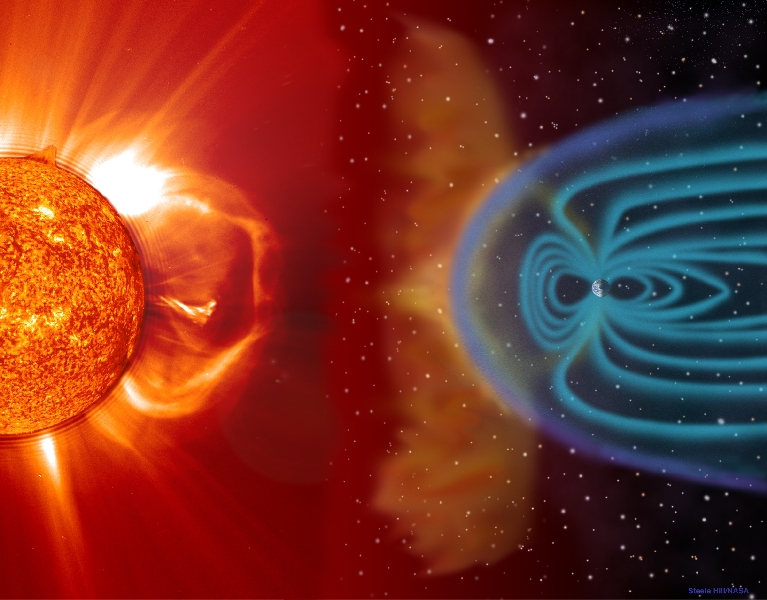 Just a few quick words, thoughts and questions about last night’s Doctor Who Season Six premiere ‘The Impossible Astronaut‘ (if you’re looking for a synopsis or re-cap of the episode, click on the episode name link). The Doctor, Amy, Rory and River hop across the pond to late 1960s America, unraveling (without alerting the younger doctor) the mystery surrounding the two hundred year older Doctor’s demise (yes, a bit of a spoiler but it happens within the first few minutes of the episode).
Just a few quick words, thoughts and questions about last night’s Doctor Who Season Six premiere ‘The Impossible Astronaut‘ (if you’re looking for a synopsis or re-cap of the episode, click on the episode name link). The Doctor, Amy, Rory and River hop across the pond to late 1960s America, unraveling (without alerting the younger doctor) the mystery surrounding the two hundred year older Doctor’s demise (yes, a bit of a spoiler but it happens within the first few minutes of the episode).
I enjoyed the nostalgic references to the space program (go NASA! to the moon and beyond!) and Nixon (as Doctor Who states ‘so much more happened in 1969 than people remember), but Moffat’s latest aliens didn’t seem as creative as his extremely creepy weeping angels (see the Hugo and BAFTA award winning episode ‘Blink‘ for further creepiness).
And it begs that question, if these aliens have the ability to make you forget them completely after you are no longer looking at them, why would one of these aliens command Amy to tell Doctor Who something? Don’t they realize she’ll forget whatever they told her as soon as she turns her head? Here’s an excerpt from Amy’s conversation with one of the aliens in a White House restroom:
Alien: You will tell the Doctor.
Amy: Tell him what?
Alien: What he must know and what he must never know.
Amy: How do you know about that?
Alien: Tell him.
After which Amy runs gasping from the restroom and immediately forgets what just happened. She did snap a photo of the alien with her cell phone, after she determined that humans forget the aliens as soon as they look away (thanks to a poor woman caught in the conversational crossfire as collateral damage). And was I the only one who that thought the electrifying moaning alien consuming said woman reminded you of Pink Floyd’s ‘The Wall‘? Ew.
An intriguing above-average episode of Doctor Who (more than three, probably close to four out of five stars). I’m still having David Tennant withdrawals as I just can’t relate to a Doctor Who played by an actor born just a year before I graduated from high school. I loved having Mark Sheppard, one of my current favorite British (or is that Irish) actors who pops up on many of the shows I watch. The preview for next week’s conclusion entitled ‘Day of the Moon‘ look suitably time-twisty and action packed.
Thank goodness BBC America saved science fiction television from complete extinction. Heaven knows, I can’t count on Syfy for anything except fantasy (because what else do you call WWE or reality TV)?


